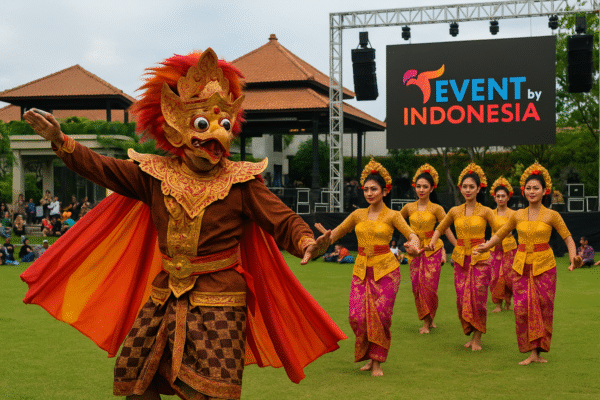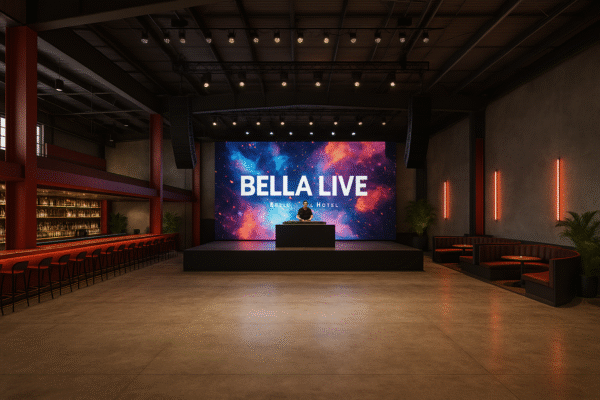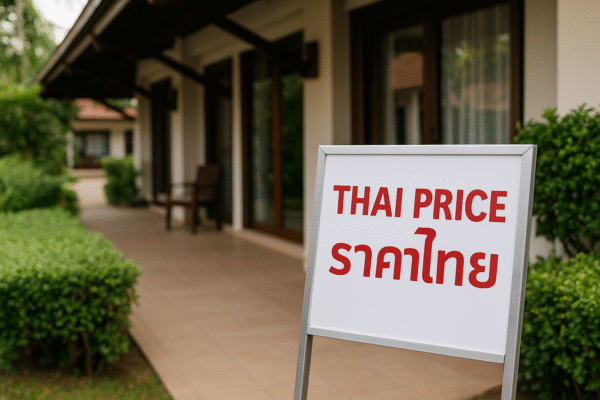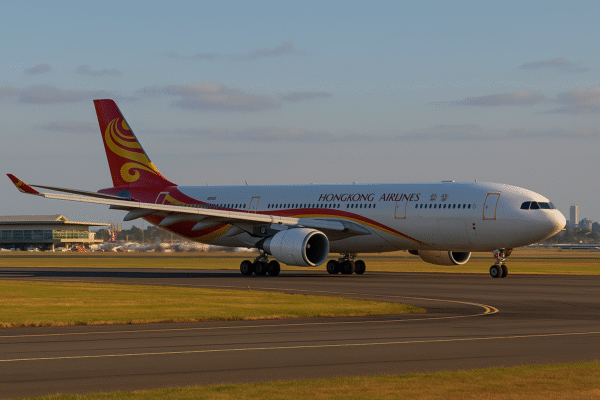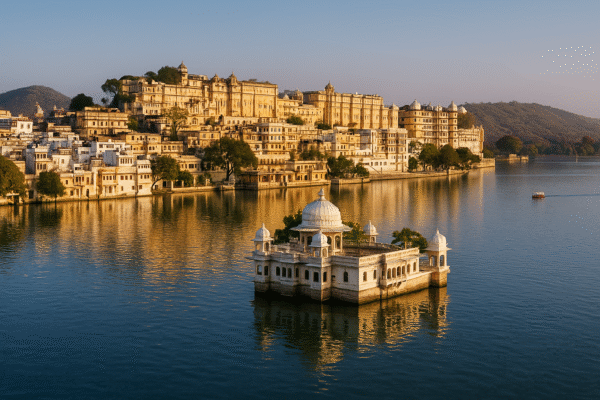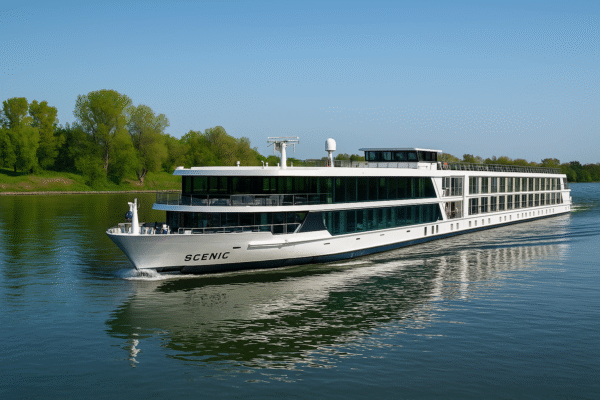India’s Micro-Holiday Boom: Udaipur, Candolim, and Lonavala Drive Surge in Short-Stay Travel Bookings
India’s tourism landscape is experiencing a significant shift as micro-holidays—short, spontaneous getaways—become the preferred travel style among urban Indian travelers. A recent report by RateGain’s World on Holiday reveals that hotel bookings have surged across several of India’s top destinations, highlighting a growing preference for short trips that don’t require long planning or extended leave.
What Are Micro-Holidays?
Micro-holidays are typically weekend or short-break vacations that last two to four days. These holidays require minimal planning, cost less, and cater perfectly to the modern traveler seeking quick relaxation without the burden of extended time off work. Driven by improved connectivity, rising disposable incomes, and evolving work patterns—including remote and hybrid models—micro-holidays offer a flexible escape.
Independence Day Weekend Sparks Hotel Booking Spike
According to RateGain, hotel bookings across India have increased by 41% in anticipation of the upcoming Independence Day long weekend. This surge highlights a growing appetite for impromptu travel, especially to destinations that are within a few hours by road, train, or flight from major urban centers like Mumbai, Delhi, Bengaluru, and Hyderabad.
Udaipur, Candolim, and Lonavala Top the Charts
Among the destinations experiencing exponential booking growth:
- Udaipur (Rajasthan): Witnessing an extraordinary 6,860% increase in bookings, this city of lakes and palaces has emerged as a micro-holiday favorite. Its romantic charm, heritage architecture, and luxury stays make it a top pick for weekenders seeking culture and relaxation.
- Candolim (Goa): Recording a 1,700% rise, Candolim has gained attention as a perfect beach getaway. It offers the best of Goa—beaches, nightlife, and laid-back vibes—without the crowd levels of Baga or Calangute.
- Lonavala (Maharashtra): This hill station near Mumbai and Pune saw a 540% surge, proving its evergreen status as a top choice for a weekend in nature, monsoon views, and quick rejuvenation.
Other trending destinations include Mysuru, Mahabaleshwar, Hyderabad, and Bengaluru, showing a clear pattern of interest in destinations that are either scenic or well-connected.
Why Are Micro-Holidays Booming?
Several interlinked factors have led to the rise in popularity of short-stay travel:
- Improved Transport Connectivity: India’s upgraded highway network, regional airports, and budget airline growth have drastically cut down travel time. Cities like Udaipur and Port Blair are now accessible via low-cost direct flights from metros.
- Flexible Work Culture: The widespread adoption of hybrid and remote work setups enables professionals to travel during weekdays or extend weekends. According to a recent study by Nasscom, over 45% of IT employees in Tier 1 cities now follow hybrid work routines, increasing travel flexibility.
- Affordable Accommodation: With the growth of mid-range hotels, homestays, and platforms like OYO and Airbnb, travelers can find affordable, comfortable options across both tourist hotspots and lesser-known destinations.
- Desire for Wellness & Nature: After the pandemic, travelers are prioritizing mental health, wellness, and nature retreats. Micro-holidays allow them to disconnect without significant disruption to work or family life.
- Cultural Shifts: Younger generations now favor frequent experiences over one big annual vacation. Millennials and Gen Z, particularly, are driving this change with their preference for quick escapes.
Economic Impact on the Tourism Industry
The micro-holiday phenomenon is already reshaping India’s tourism economy:
- Hotels: Property owners are adapting to higher short-term demand with dynamic pricing and last-minute deals. Occupancy rates are climbing, particularly during extended weekends.
- Airlines: Carriers are seeing a 25–30% increase in short-haul domestic bookings. Airlines like IndiGo and Akasa Air have responded by increasing frequencies to Tier 2 leisure destinations.
- Tourism Boards: Regional bodies are revamping campaigns to promote lesser-known places ideal for weekend travel. Karnataka Tourism, for example, has started spotlighting “One-Day Getaways” from Bengaluru.
Tips for Smart Micro-Holiday Travel
As demand increases, travelers are advised to plan strategically:
- Book Early for Long Weekends: Independence Day, Diwali, and Christmas breaks get booked out fast. Early planning helps secure good deals.
- Be Flexible: Consider traveling mid-week or post-holiday to avoid crowds and surge pricing.
- Choose Offbeat Locales: Discover hidden gems like Panchgani, Binsar, or Chikmagalur to beat the crowd and enjoy tranquility.
- Opt for Packages: All-in-one deals with transport, meals, and sightseeing often offer better value and convenience.
The Future of Travel: More Short, More Often
Tourism experts believe micro-holidays are here to stay. Not only do they offer mental rejuvenation, but they also contribute to sustainable travel by reducing long-haul carbon footprints and supporting local economies.
The Ministry of Tourism, under its Dekho Apna Desh campaign, has already been encouraging short regional getaways to boost domestic travel. This aligns perfectly with the micro-holiday trend and is expected to influence policy support for infrastructure development in Tier 2 and 3 destinations.
Conclusion
Micro-holidays are redefining how India travels. Destinations like Udaipur, Candolim, and Lonavala are leading the charge, but the ripple effect is benefiting countless regional getaways. As travelers seek quick relief from routine, the tourism industry must continue evolving—offering better accessibility, affordable stays, and enriching experiences.
In a fast-paced world, shorter, more meaningful trips are no longer just a trend—they’re becoming the default mode of travel for the modern Indian tourist.
For more travel news like this, keep reading Global Travel Wire

